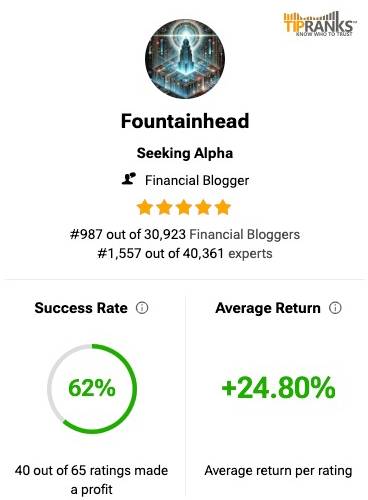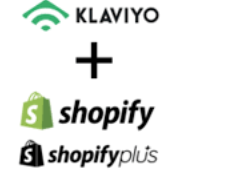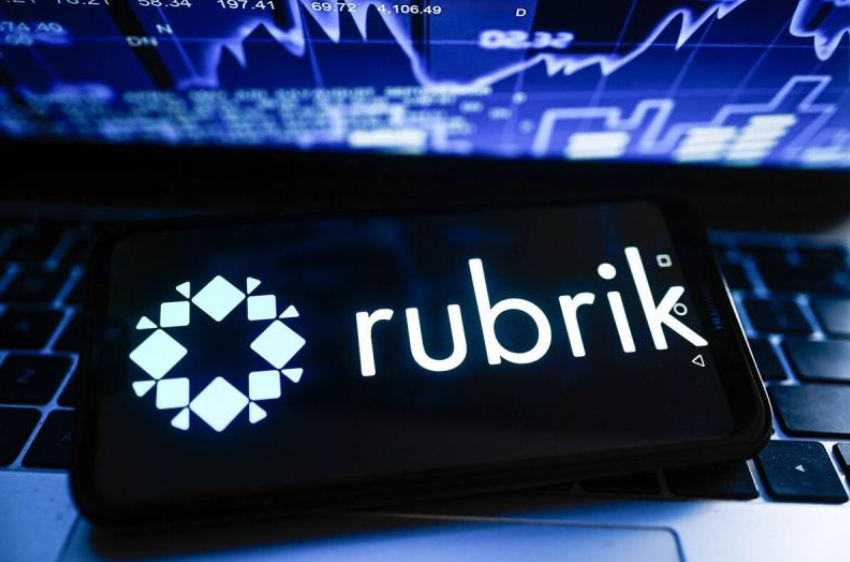02/11/2025
The Software Multiplier Effect: An interesting note from Wedbush’s Dan Ives on Artificial Intelligence, who believes that software AI players will likely get 8 times the revenue of hardware sellers. I.e., a multiplier effect of 8:1 from software.
He is directionally right, and I do agree with him about the multiplier effect of software, services, and platforms on top of hardware sales. I had done a primary study several years ago with companies like Oracle, IBM, and Salesforce among others, and we saw similar feedback of about 6 to 1 for software spend to hardware spend, over time. People naturally cost more.
Nonetheless, regardless of whether it is 6 to 1 or 8 to 1, both numbers are huge and extremely likely in my opinion in the next 5 to 10 years and Palantir’s (PLTR) Dec quarter earnings hit it out of the park.
Dan Ives said:
Palantir Technologies (NASDAQ:PLTR) and Salesforce (NYSE:CRM) remain the two best software plays on the AI Revolution for 2025.
The firm also recommended other software vendors such as Oracle (ORCL) IBM (IBM), Innodata (INOD) Snowflake (SNOW), MongoDB (MDB), Elastic (ESTC), and Pegasystems (PEGA) enjoying the AI spoils.
Analysts led by Daniel Ives said:
Palantir has been a major focus during the AI Revolution with expanding use cases for its marquee products leading to a larger partner ecosystem with rapidly rising demand across the landscape for enterprise-scale and enterprise-ready generative AI.
Major Growth Expected: The analysts added that this will be a major growth driver for the U.S. Commercial business over the next 12 to 18 months as more enterprises take the AI path with Palantir. They believe “Palantir has a credible path to morph into the next Oracle over the coming decade” with Artificial Intelligence Platform, or AIP, leading the way.
Wedbush’s feedback about budget allocations is very helpful and even if one discounted Dan Ives’ perpetual optimism and bullishness by some, it’s a great indicator that this will be a favored sector in 2025-2028.
Ives and his team have been tracking several large companies that are or are planning to use AI path in 2025 to gauge enterprise AI spending, use cases, and which vendors are separating from the pack in the AI Revolution.
The numbers are gratifying:
Analysts expect that AI now consists of about 10% of many IT budgets for 2025 they are tracking and in some cases up to 15%, as many chief information officers, or CIOs, have accelerated their AI strategy over the next six to nine months as monetization of this key theme is starting to become a reality across many industries.
“While the first steps in AI deployments are around Nvidia (NVDA) chips and the cloud stalwarts, importantly we estimate that for every $1 spent on Nvidia, there is an $8-$10 multiplier across the rest of the tech ecosystem,” said Ives and his team.
What’s more important?
Analysts noted that about 70% of customers they have talked to have accelerated their AI budget dollars and initiatives over the last six months. The analysts added that herein is the huge spending that is now going on in the tech world, with $2T of AI capital expenditure over the next three years fueling this generational tech spending wave.
Hyperscalers indicated supreme confidence in their AI strategy committing in excess of $300Bn in Capex for 2025, which is historic. Amazon’s CEO Any Jassy was categorical in stating AWS doesn’t spend till they’re certain of demand.
Ives had this to add, underscoring Amazon’s confidence.
In addition, Ives and his team said that they are seeing many IT departments focused on foundational hyperscale deployments for AI around Microsoft (MSFT) Amazon (AMZN), and Google (GOOG) (GOOGL) with a focus on software-driven use cases currently underway.
“The AI Software era is now here in our view,” said Ives and his team. Wedbush’s team strongly believes that the broader software space will expand the AI revolution further, cementing what I saw at the CES last month. There is so much computing power available and so many possibilities of use cases exploding that this space could see a major inflection point in 2025-2026.
Large language models, or LLM, and the adoption of generative AI should be a major catalyst for the software sector.













